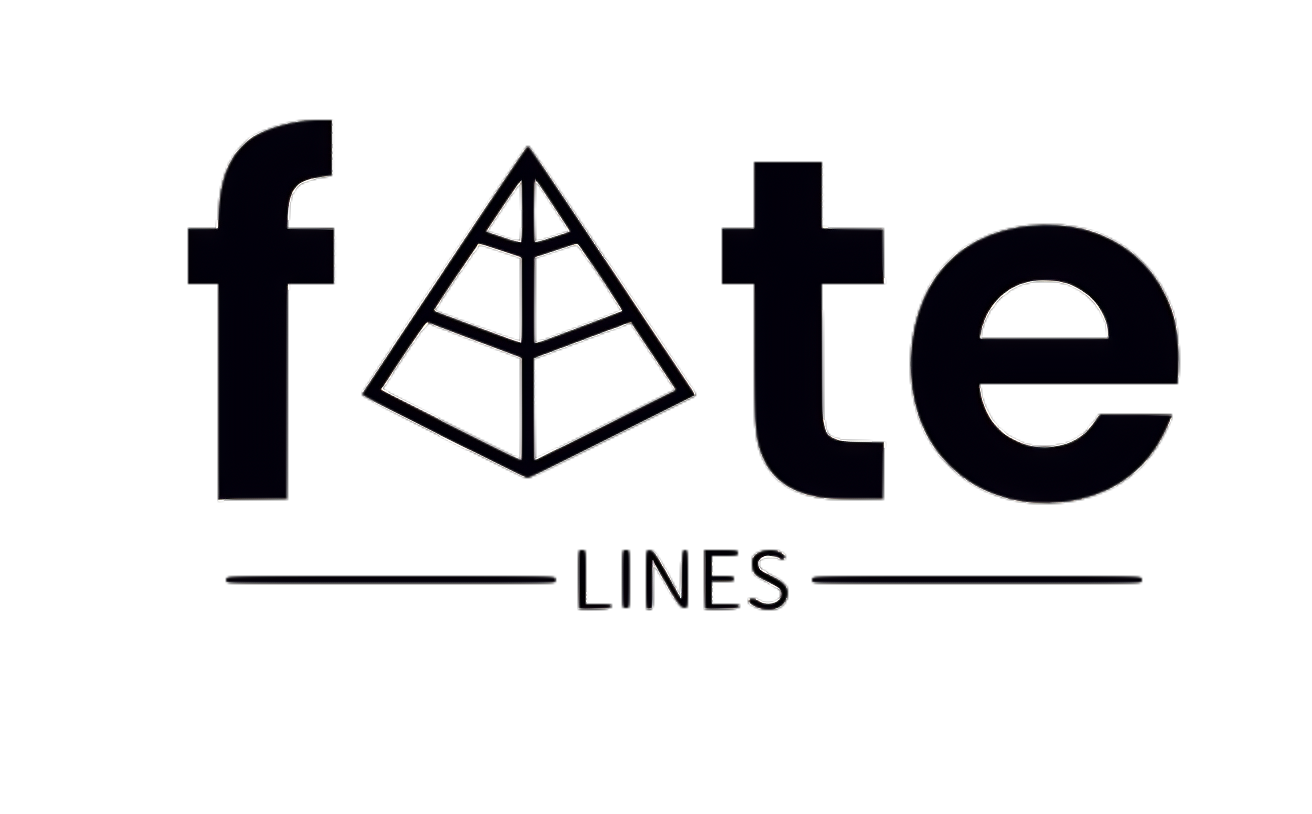When exploring the beautiful landscapes of Scotland, you might encounter some extraordinary birds, notably the heron or the capercaillie. However, there’s also the fascinating creature known as the Boobrie.
This legendary beast is steeped in Scottish folklore, particularly prevalent around the tranquil lochs along the west coast. The term “Boobrie” is believed to derive from the Gaelic word “boibhre,” meaning “cow giver.” An alternative description, “tarbh-boidhre,” can be translated as “bull hearth,” but often suggests a beast or demon associated with danger. While its most identifiable form is that of a sizeable bird, it can also manifest as a water horse or a sizeable bloodsucker.
Despite its various forms, the Boobrie is a treacherous entity. Primarily, it preys on cattle and is known for attacking farmers who attempt to defend their animals. Additionally, sheep, lambs, and even substantial numbers of otters can fall victim to its insatiable appetite.
The bird incarnation of the Boobrie is notoriously elusive, with one of the most well-known tales documented by Campbell of Islay referring to the creature as “tarbh uisge,” translating to “water bull.” This tale recounts a young man’s encounter with an injured bull near Loch nan Dobhran in Argyll, which he tended to until it regained strength. Months later, his partner Phemie faced a violent confrontation with her former lover by the loch, only to be rescued by a formidable water bull that overpowered her attacker. This bull then allowed her to climb aboard, safely transporting her home before fading into the night. The narrative is immortalized in a Gaelic verse:
“I was assisted by a young man
And I aided a maid in distress;
Then after three hundred years of bondage
Relieve me quickly.”
Many believe the Boobrie’s lore may have roots in the diverse wild bird population inhabiting its natural lochside habitat. The now-extinct great auk, which disappeared in the 19th century, is often cited as a possible source for numerous Boobrie sightings, given the similarities in size and plumage.
Witnesses have described the Boobrie’s distinctive call as a resounding roar reminiscent of a bull, a characteristic that has been linked to the common bittern, a migratory bird that visits Scotland.
From its origins in Scottish folklore, the Boobrie’s legend has spread globally, even earning a place in the Dungeons and Dragons Second Edition in 1989, showcasing the enduring fascination with this mythical creature.


